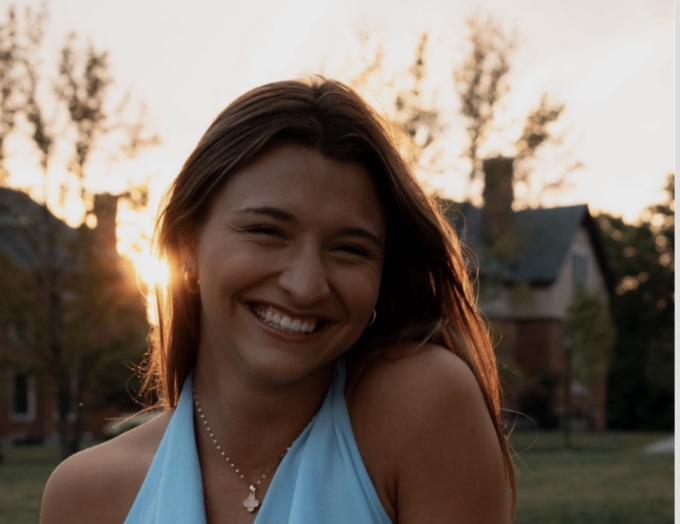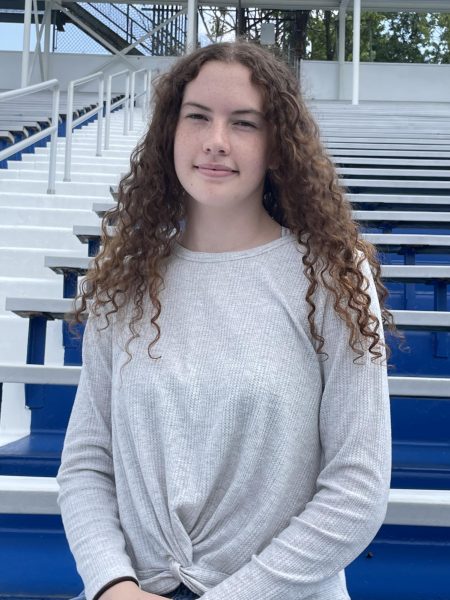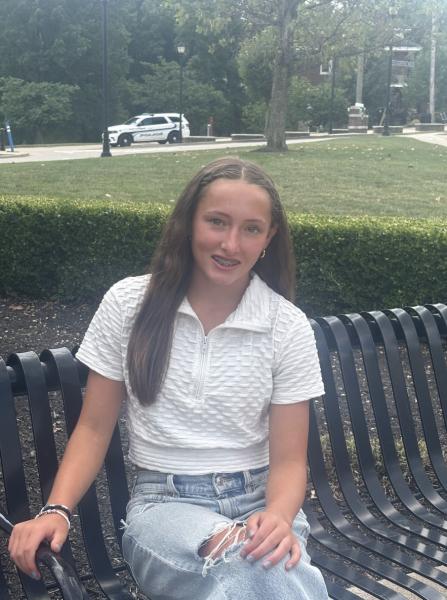Highlands High School student Eliana Niese (11) earned a patent that allows her to work towards a medical device that assists in preventing heart failure. The idea originated during Niese’s time in the Governor’s School for Entrepreneurs (GSE); however, Niese and her partners have taken over the idea, completely turning the enterprise into their own company.
According to the Centers for Disease Control and Prevention (CDC), around 1.2 – 2.6% of adults experience heart failure, approximately 6.7 million people residing in the U.S are currently living with the condition. Additionally, as humans age, the risk of heart disease increases significantly, with 10% of adults over the age of 70 experiencing it. Niese’s group has been working towards a product to help combat the overwhelming issue of heart failure.
“Our product is a patch that monitors the fluid in your heart because the fluid in your heart is what causes the actual heart failure in some cases,” Niese said.
The process of getting a patent is extremely difficult and hard to procure. However, Niese was determined to achieve it, and she did just that.
“I’ve always been interested in medicine, and I think it could make a difference. However, the patent process was difficult but absolutely worth it,” Niese said.
Niese and her team were inspired by continuous glucose monitors (CGMs) , a medical device that tracks glucose levels or insulin patch pumps that deliver insulin. A device that was never implemented into a heart product, until now.
“It’s weird because it is something that has been developed for a long time, but never implemented into a heart product yet. So that’s what we did, we just changed the actual structure of the computer chip,” Niese said.
However, inventing this product has not exactly been a walk in the park. For instance, there are many challenges coming up in the design process that Niese and her team are dealing with. Whether it’s not knowing which direction to go or not knowing the right people to talk to, they still persevere.
“It’s just one of those things where you think you want a manual, but there isn’t a manual; however, people are extremely helpful and always willing to help, but also being able to choose your own path has been kind of a struggle,” Niese said.
Likewise, there are also hardships associated with designing the actual product; building the actual chip itself is said to be very strenuous.
“Building the computer chip was definitely the most difficult because it’s such a long process of building the actual chip itself,” Niese explained, “I mean, we’re 4 months in and we kind of have a general idea of what we’re going to do, but we don’t know.”
Niese’s group hopes that their invention will make significant waves in the medical field. Not only helping out with heart failure, but also making sure that the product is both efficient and affordable.
“I hope our invention changes how people look at delivering news to patients because it will give you the real results rather than doctor terms. Our proposition is that we really want to keep the cost low and affordable for everyone,” Niese said.
Furthermore, Niese mentions her team’s future goals with this project. She emphasizes that they want to make a lasting impact on people’s lives.
“Eventually getting to a utility and prototyping is a big thing, but our main goal is to impact people and make a difference,” Niese said.
Backtracking to the beginning, Niese first became interested in biomedical engineering when she was in her first two years of engineering, where she had an engineering/architecture teacher, Ronald Rosel. Rosel had very positive views on Niese and her receiving of the patent.
“She’s definitely a leader, a go-getter, she goes out and she works very hard on any project she gets,” Rosel said.
His class set Niese up for success within her medical patent project. Rosel described that his class taught the basics of the scientific method, a real-world problem-solving technique.
“We went over the problem-solving science steps, or a format to follow, and activities to actually solve real-world problems. We also did CAD drawings where she would have to draw things and have opportunities to make those projects,” Rosel said.
Rosel not only wants success for Niese, but also for students striving towards a similar goal. He extends his advice for students who might also be interested in innovation:
“I always say, always pursue your dreams. Sit down and think, what do you want to be, where do you want to go? Make an action plan; your daily habits will create your outcomes. Set your goals and don’t let anyone steal your dreams.”





